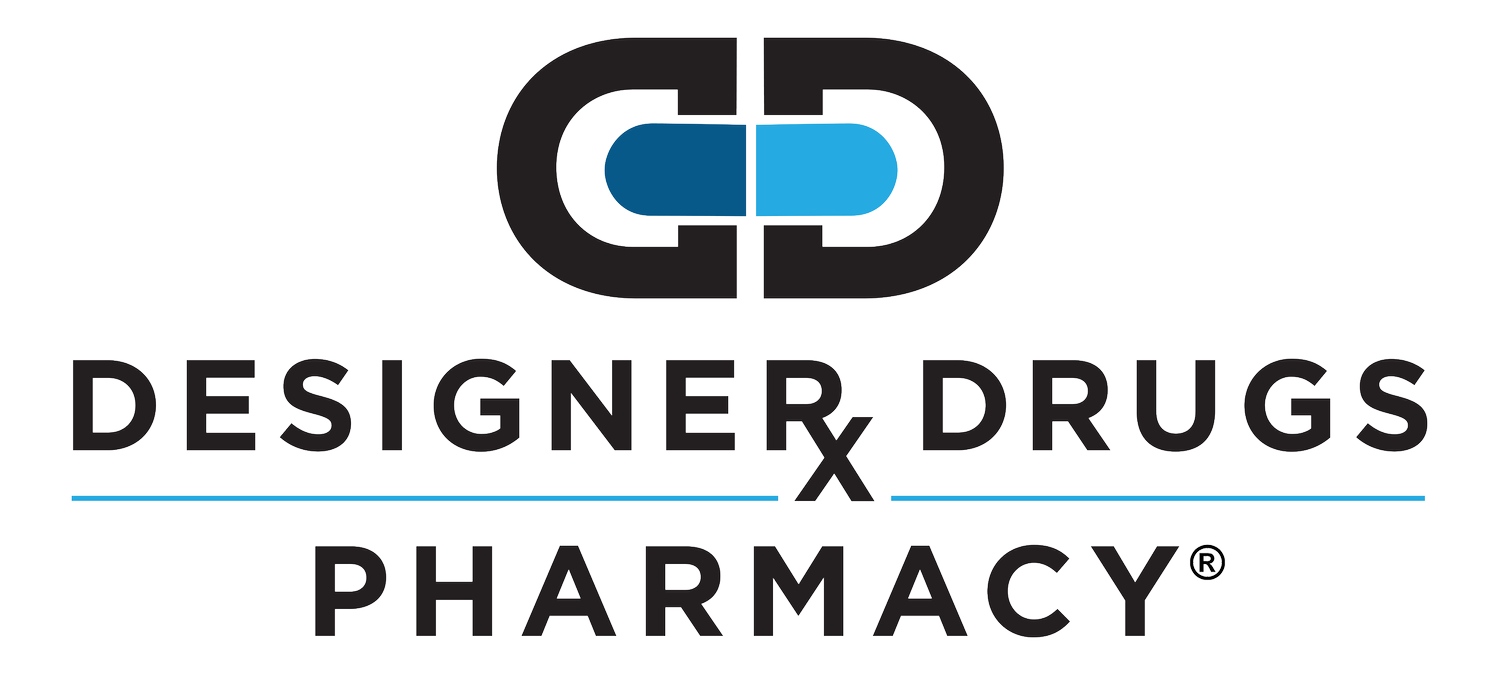Why Having a Period Is a Good Thing
Your period is your body, your feminine body speaking to you. Its first arrival is to be honored as a rite of passage of becoming a young woman and is a sign a young woman’s hormonal health is on pace.
Women are cyclical beings, and a woman’s cycle following her infradian clock ends with her period. A woman’s ovulation and period are a sign of a mind and body in sync. The female cycle provides a wealth of knowledge about a woman’s body. That is, IF she has been taught how to decode the messages, or more so, untaught antiquated dogma of a period being a curse, dirty, or worse—something to be ashamed of.
A girl’s first period is a start to an amazing adventure story within, a tale of ancestry, physiology, biochemistry, and even a tie to lunar rhythms! Wow! All too often women are shutting down this line of communication with synthetic hormones, or oral contraceptives. Oral contraceptives do have a place in a woman's health, however a woman deserves to be educated about exactly what she is losing.
Did you know that the American College of Obstetricians and Gynecologists in 2020 reaffirmed their committee opinion that the menstrual cycle of girls and adolescents should be used as a 5th vital sign? For reference the other four vital signs are heart rate (pulse), respiratory rate, blood pressure, and temperature. Vital signs are vital because they are a snapshot of what is going on inside your body.
This is your body’s language – your body’s sign language. It is no wonder we would use the menstrual cycle as a vital sign. It communicates vital information about a woman’s reproductive health, and how her ovaries, uterus, and hormones are functioning.
Let’s talk about the information you can gain from listening to your body’s cycle language. The length and pattern of your cycle will give insight into ovulation, overall health of the ovaries, and health of the communication between the brain and the ovaries.
The consistency and color of period blood gives insight into the balance of estrogen and progesterone and more. The amount of menstrual bleeding, cramping, and mood should also be evaluated. Girls should learn to chart their cycles early to begin learning this body language.
Join us for one of our upcoming period talks geared for young women, mothers, daughters, and anyone interested in learning more about her body.
TANYA MANONI is a Chattanooga-native but earned her BS in chemistry and PharmD at the University of Utah. She brings with her years of experience in compounding and pharmacy corporate management. Tanya's professional interests include not only BHRT, women’s health, and dermatology, but also nutrition and fitness, in which she became interested while playing NCAA Division I college soccer. While living in Utah, Tanya earned her level 1 certification in avalanche search and rescue, and she continues to enjoy snowboarding, hiking, and mountain biking. She lives in Chattanooga with her husband and two kids, so you will find her running between soccer fields and dance studios in her free time.
